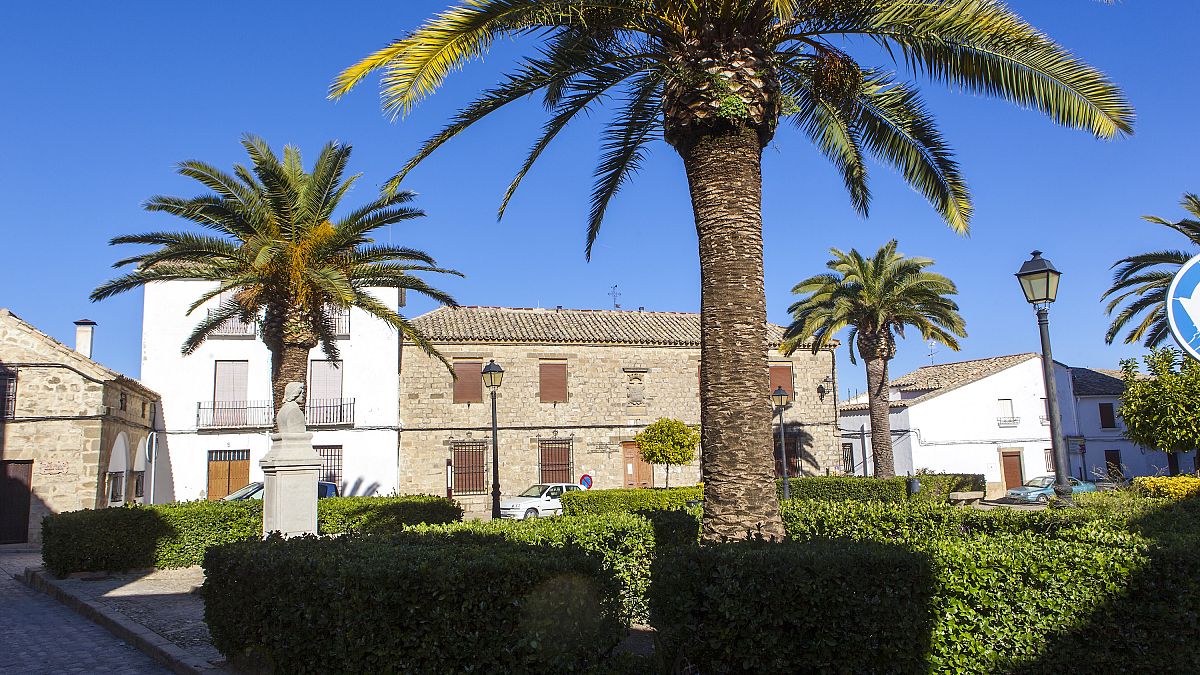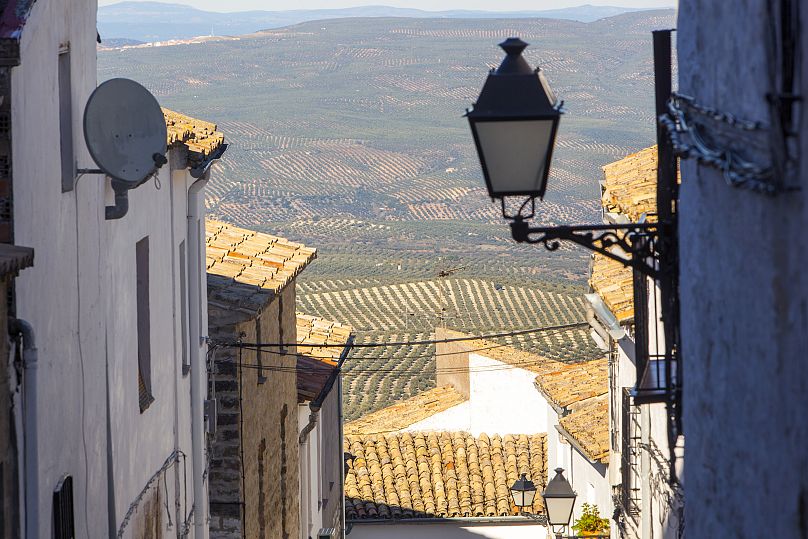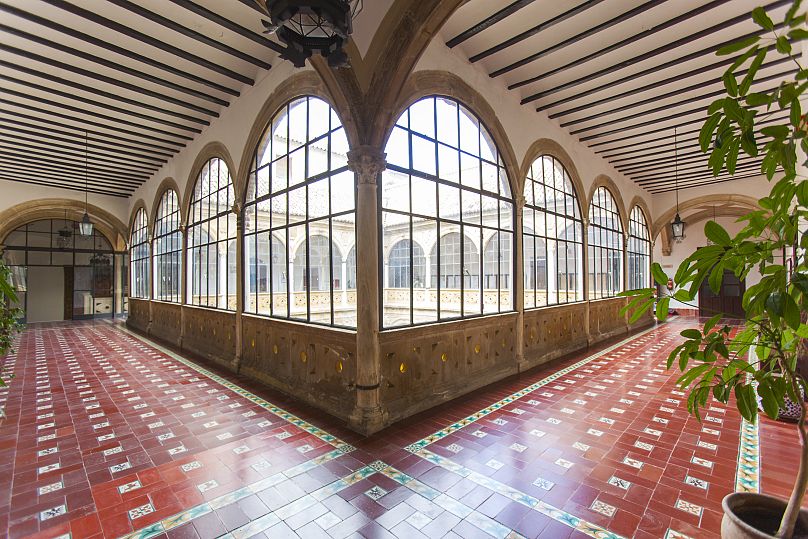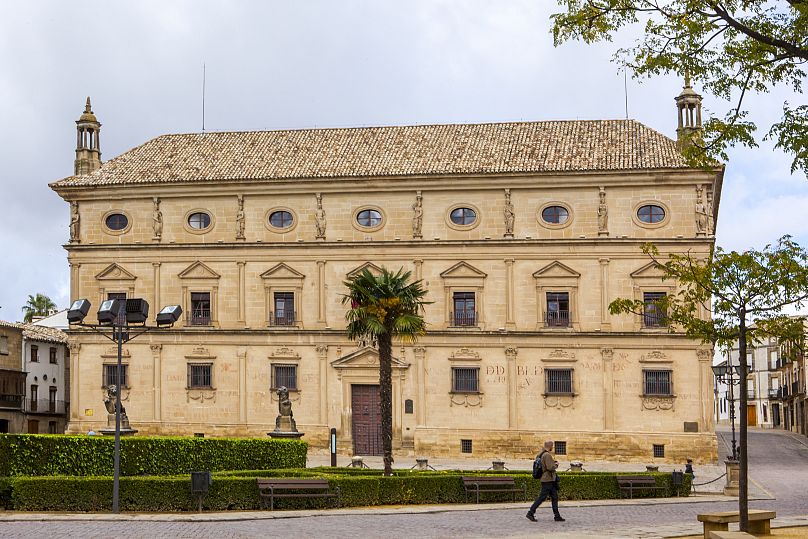As with its neighbour Baeza, the city of Úbeda has a long history and roots in the memory of times. Its splendid urban appearance is the result of transformations through centuries on a border with the Kingdom of Granada, its leading role in the American ‘adventure’ and subsequent economic strength of its prosperous noble class. Headed by Francisco de los Cobos, secretary of the Emperor Carlos I, the nobles made very profitable use of the development of crops, livestock, pottery and textiles in the city.
Úbeda did not wait for these industries to prosper to become a place of significance. Numerous remains from the Roman era have been found in the area. With the rise of the al-Andalus period, its village was founded as Ubbadat by a 9th century Emir and it was only in 1234 that it was reconquered by King Fernando III. This succession and mix of cultures, like many Andalusian places, has led the city to become a glorious and stately location in the geographic province of Andalusia.
Before you arrive in the city itself, its surrounding landscapes already give you a taste of the splendors to come. The hills of Úbeda are home to colourful olive trees and bright cereal fields. When you enter the city, its luminous sky and silent streets bring wonder and mystery to the heart, as the palaces reveal themselves in uncountable numbers. These are the symbols of old families and lineages who did not hesitate to ask the most famous architects of Renaissance Europe (such as Andrés de Vandelvira) for the construction of their residences to suit the new trends of 16th century Italy. The Palace of the Vela de los Cobos family, that of Las Cadenas (the current town council) or the House of Las Torres are only a glimpse of these numerous and majestic residences.
Walking towards the south of the city will lead you to the splendid Plaza Vázquez de Molina, one of the most beautiful squares in Spain. There stands the impressive Collegiate Church of Santa María de los Reales Alcázares and its gardens, one of the many monuments on the Plaza. Some of the residences can be found there, such as the Palaces of Deán Ortega and Juan Vázquez de Molina who gave its name to the square. Another religious building, the Sacred Chapel of El Salvador, also stands in the area.
Once you start digging into the historical fabric of the city, the list of fascinating locations seems endless: Hospital de Santiago, Church of San Pablo, Monastery of Santa Clara, Church of San Lorenzo...so many names that will ensure a fantastic trip into different eras and topics of interest. For its identity and wonderful architecture, among many reasons, Úbeda was recognised as a World Heritage site by UNESCO.
As a true Andalusian city, Úbeda can not only be enjoyed through the beauty of its monuments and its Renaissance architecture but also as a city itself. In its different styles and origins blended with a landscaped environment of water, orchards and olive trees, the prodigious appearance of Úbeda lies in its outdoors. Each street, each square and each neighbourhood follow each other in complete harmony. Surprise and wonder are hidden at every corner and reward exploration with intriguing secrets. Here, a synagogue that had been forgotten for centuries emerges. There, a centenary artisan workshop reappears, one that was built with the wisdom of generations. Everywhere, local legends can be found behind the magical simplicity of a popular facade.
After all these years, Úbeda remains an ecumenical city, open to the world. But in the hidden turns of its labyrinthine streets, it still smells of a fireplace, delicious stew and freshly-baked bread.



